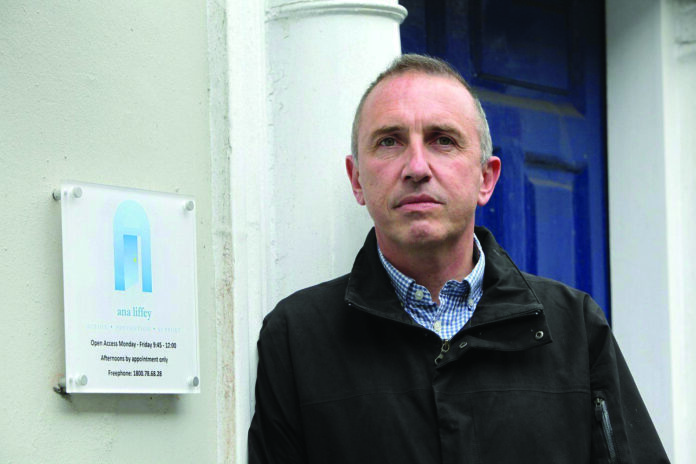
LIMERICK has the highest number of crack cocaine abuse cases outside Dublin and its hinterlands, new research has revealed.
Cocaine has now overtaken opioids (such as heroine) as the drug of choice among those seeking treatment for drug abuse.
And half of the cases entering treatment for the highly addictive drug are aged 30 and younger for those using powder cocaine and 39 years and younger for crack cocaine.
Over a seven-year period, there was a 259 per cent increase in cases where cocaine was the main problem drug.
That’s according to extensive research published by the Health Research Board (HRB) into drug treatment demand.
The study found that 12,009 cases were treated for problem drug use in 2022. Almost four in ten of those cases were never treated before.
Geographically, the highest number of crack cocaine cases listed their address as being in Dublin and outlying Kildare/Meath, where it is easy to access the capital’s drug market, followed by Limerick.
The study, which ran over seven years, showed that in 2022, 832 cases in HSE Community Health Area 3 (which covers Limerick, Clare and north Tipperary) were treated for drug abuse. This compares to 779 in 2016, the year in which the research began.
As many as 382 of these cases were being treated for the first time. The number was slightly down on last year, when 859 cases were treated.
Cocaine was the most common drug reported, accounting for one in three cases. This was followed by opioids (mainly heroin). Cannabis was the third most common drug reported, followed by benzodiazepines.
Each record in the National Drug Treatment Reporting System (NDTRS) database, where this data is drawn from, relates to a treatment episode (a case), and not to a person. This means that the same person could be counted more than once in the same calendar year if they had more than one treatment episode in that year.
Reacting to the new figures, Tony Duffin, CEO of the Ana Liffey drug project in Limerick said: “The number of people using crack cocaine in Limerick in the National Drug Treatment data is concerning, but it is no surprise to Ana Liffey and our partner agencies who work with us on the ground there.”
“Indeed, on February 8, 2023, a new dedicated service that seeks to reduce harm caused by crack cocaine use in Limerick City was announced and is now operational, supported through the provision of €200,000 in funding from the HSE.”
The Law Engagement and Assisted Recovery (LEAR) project is delivered by Ana Liffey, working closely with An Garda Síochána and the HSE. LEAR is an outreach that involves engagement with the most vulnerable crack cocaine users, to support them in relation to harm reduction and help them access drug treatment programmes.
Commenting on the key findings in the report, HRB Chief Executive Dr Mairéad O’Driscoll said: “Our latest data provides insights into the patterns observed in drug treatment. Like last year, we are seeing an increase in cocaine as a problem drug.”
“This year, it has surpassed opioids. The data we have collated will support practices in relation to treatment as well as underpinning action on preventative measures.”


